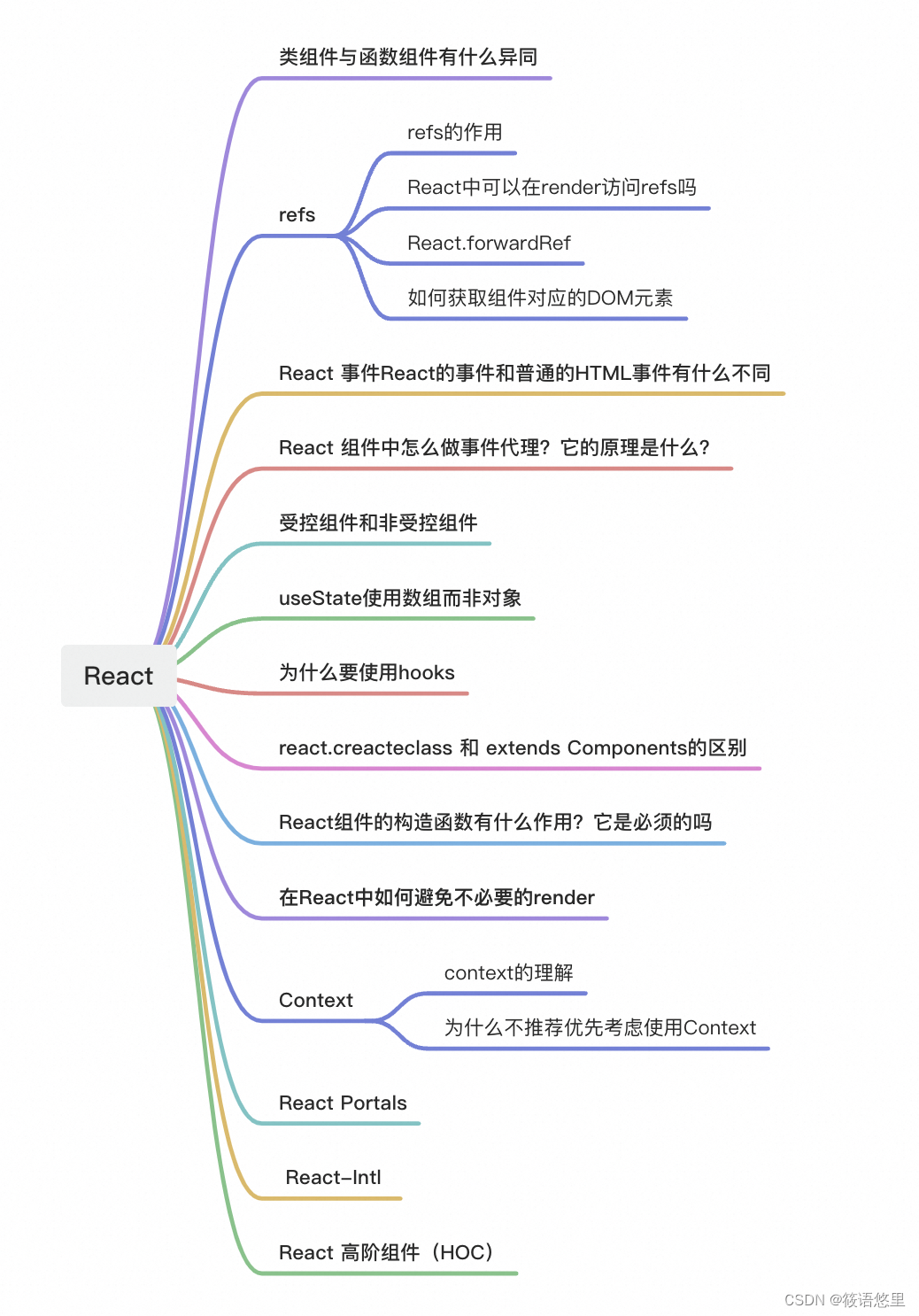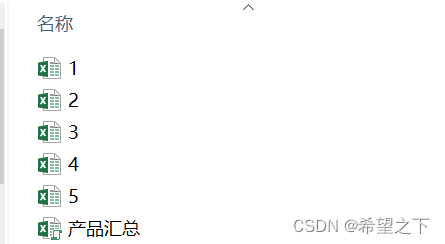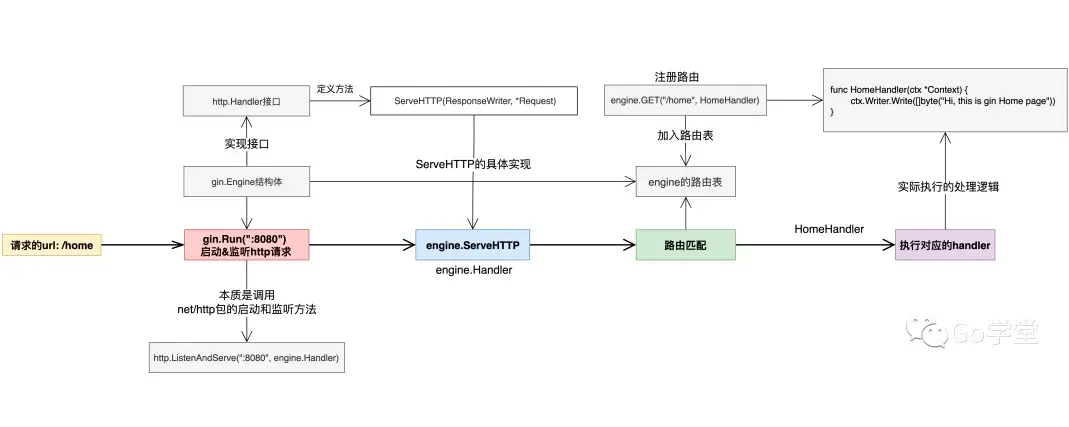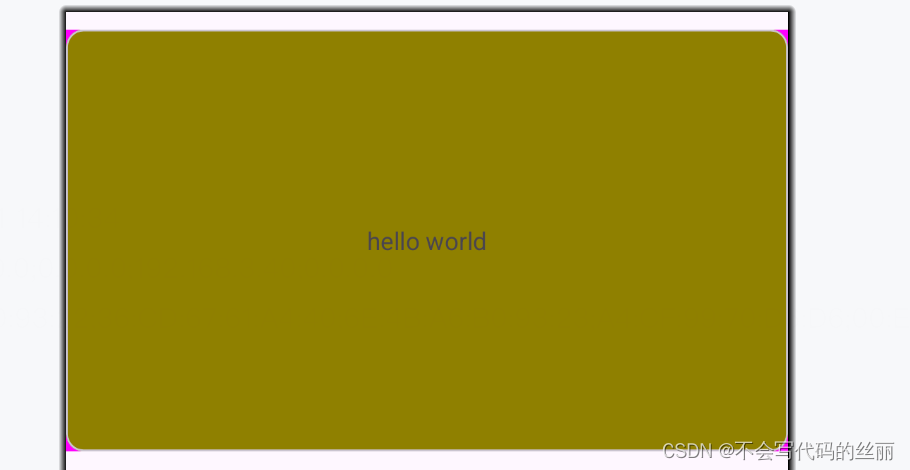链表
结构
//单链表的节点结构
Class Node<V>{
V value;
Node next;
}
由以上结构的节点依次连接起来所形成的链叫单链表结构。
//双链表的节点结构
Class Node<V>{
V value;
Node next;
Node last;
}
由以上结构的节点依次连接起来所形成的链叫双链表结构。
1、主要方法
1)哈希表
放入HashMap的东西,如果是基础类型,就按照值传递,内存占用就是这个东西的大小
放入HashMap的东西,如果不是基础类型,就按照引用传递,内存占用就是这个东西的内存地址大小,存放的相当于是这个数据类型的地址
这里举一个例子!键值对都是存放Node类型
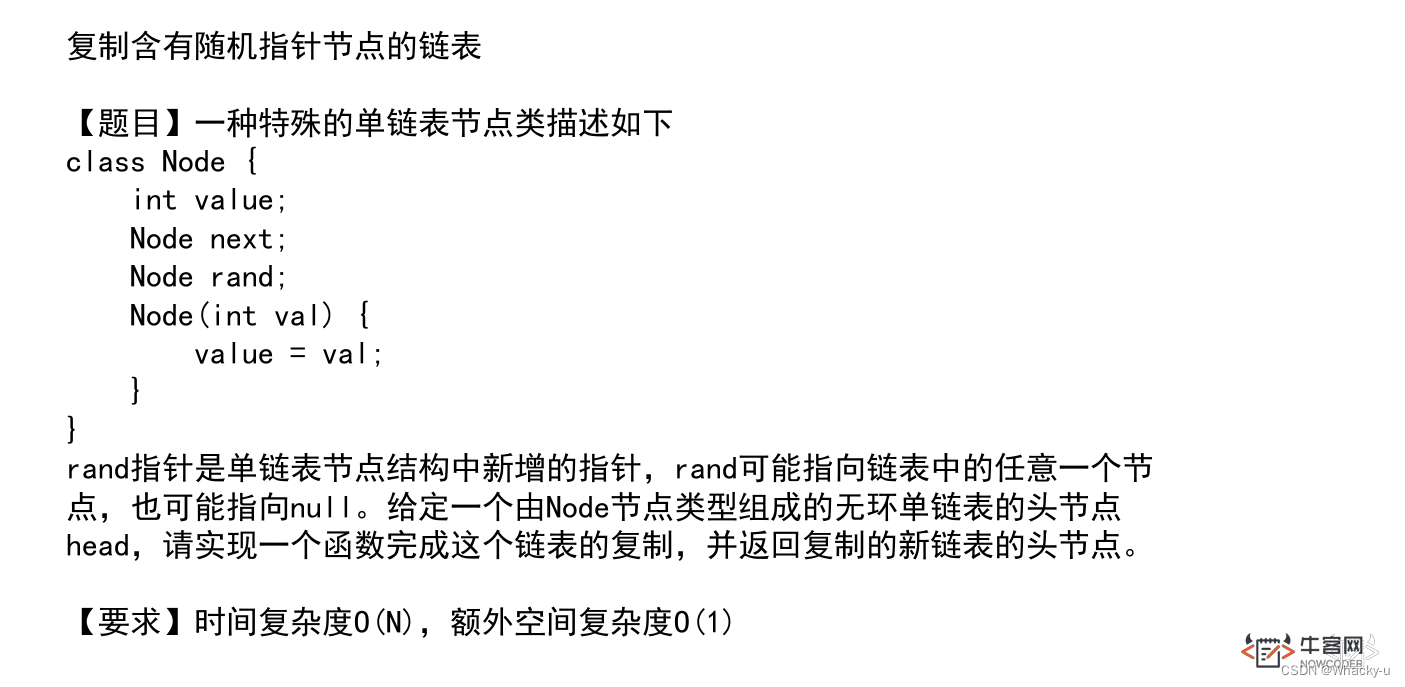
复制了目标链表中的几个节点内的value值
然后key存放的是目标链表中的节点,value放的是复制的新链表【新new出来的】
之后遍历每一个key,根据key的情况去将value内的节点连接起来
这里用到的知识点,是因为哈希表,如果存放是基础类型,内部按值传递,内存占用就是这个东西的大小,放入哈希表的东西,如果不是基础类型,内部按引用传递,内存中存放的是这个东西内存地址
public static Node copyListWithRand1(Node head) {
HashMap<Node, Node> map = new HashMap<Node, Node>();
Node cur = head;
while (cur != null) {
map.put(cur, new Node(cur.value)); //复制目标链表的节点,将新节点放到value中
cur = cur.next;
}
cur = head;
while (cur != null) {
map.get(cur).next = map.get(cur.next);
map.get(cur).rand = map.get(cur.rand);
cur = cur.next;
}
return map.get(head);
}
2)快慢指针
2、判断回文结构
借助栈
public static boolean isPalindrome1(Node head) {
Stack<Node> stack = new Stack<Node>();
Node cur = head;
while(cur!=null){
stack.push(cur);
cur = cur.next;
}
while(head != null){
if(head.value != stack.pop().value)
return false;
head = head.next;
}
return true;
}
3、反转链表
public static Node reverseList(Node node){
Node end = null;
Node next = null;
while(head != null){
next = head.next;
head.next = end;
end = head;
head = next;
}
return end;
}
4、判断链表是否有环
判断链表是否有环,可以借助哈希表set,也可以用快慢指针,
1)哈希表set将所有节点放进set中,每放进去一个节点都查查这个节点是不是在集合中,第一次查到这个节点在集合中的时候,就说明这个节点就是环的起点
2)快慢指针: 只要最后不会指向空【如果快指针指向空了,就说明没有环】,并且快慢指针重合,就说明该链表又环。判断有环之后,就要开始找环的起始点,看下面的描述
//哈希表set
public static boolean hasCycle(Node head){
HashSet<Node> set = new HashSet<Node>();
set.add(head);
Node cur = head.next;
while(true){
if(set.contains(cur))
return true;
else{
set.add(cur);
cur=cur.next;
if(cur==null)
return false;
}
}
}
//快慢指针
public static boolean ifCycle(Node head){
Node slow = head;
Node fast = head.next;
while(fast != slow){
if(fast == null)
return false;
slow = slow.next;
fast = fast.next.next;
}
return true;
}
5、寻找环的起始点
这里一开始还是借助快慢指针,先是判断有无环结构:
如果有环的话,也就是说快慢指针在环上的某一个结点上重合了。(这是第一个while循环)
此后就到了本方法的骚气处了【这是规律!!!!!!!!!!!!记住这个结论!!!!!!!!!!!!!!!!!!!!!】
- 将快指针转移到头结点的位置,慢节点还是在原来环上面两个指针相遇的位置
- 快慢指针的的移动步长都变为一
- 此时他们再相遇重合的那个位置就是环结点的起始处了(这是第二个while循环),直接上代码:
public static Node getLoopNode(Node head) {
if (head == null || head.next == null || head.next.next == null) {
return null;
}
Node n1 = head.next; // n1 -> slow 主要是为了一开始两个指针不相遇,所以都next了一下,并且快指针多next了一下
Node n2 = head.next.next; // n2 -> fast
while (n1 != n2) { //为了判断此链表是否有环结构,如果有就正常跳出循环,如果没有就返回null
if (n2.next == null || n2.next.next == null) {
return null;
}
n2 = n2.next.next;
n1 = n1.next;
}
n2 = head; // n2 -> walk again from head 骚招数的开始,将快指针指向头结点
while (n1 != n2) { //开始寻找新的快慢指针的重合结点,也就是环结构的起始结点
n1 = n1.next;
n2 = n2.next;
}
return n1;
}
6、寻找两个链表(无环结构)重合结点
其实这个链表问题主要需要总结的就是那些经验及方法,而对于两个无环结构的链表,就是常规方法
先是求出连两个链表的长度length1,length2,然后就是需要判断这两个链表的尾结点是不是一样的
如果连尾结点都不一样,就说明两个链表连一个结点都没有重合,所以两个链表绝对不会重合
如果尾结点一样的话,需要将两个链表的长度互减
然后这个数num的绝对值就是这两个链表长度的差值,**让长链表提前走num步,然后两个链表再同时走,**直到遇见了相同的交点处停下来返回此结点,具体代码如下:
public static Node noLoop(Node head1, Node head2) { if (head1 == null || head2 == null) { return null; } Node cur1 = head1; Node cur2 = head2; int n = 0; //这里为了简化以及节省空间,就设置了一个变量n,通过下面的两个while循环,一个自加,一个自减,最后求他的绝对值,就是两个链表的长度差值 while (cur1.next != null) { n++; cur1 = cur1.next;} while (cur2.next != null) { n--; cur2 = cur2.next;} if (cur1 != cur2) { //如果最后一个结点都不一样,那么两个链表绝对不可能有交合的地方了 return null; } cur1 = n > 0 ? head1 : head2; //谁长,谁的头变成cur1 cur2 = cur1 == head1 ? head2 : head1; //谁短,谁的头变成cur2 n = Math.abs(n); while (n != 0) { //先让长链表走了n步 n--; cur1 = cur1.next; } while (cur1 != cur2) { //开始寻找相交结点 cur1 = cur1.next; cur2 = cur2.next; } return cur1; }

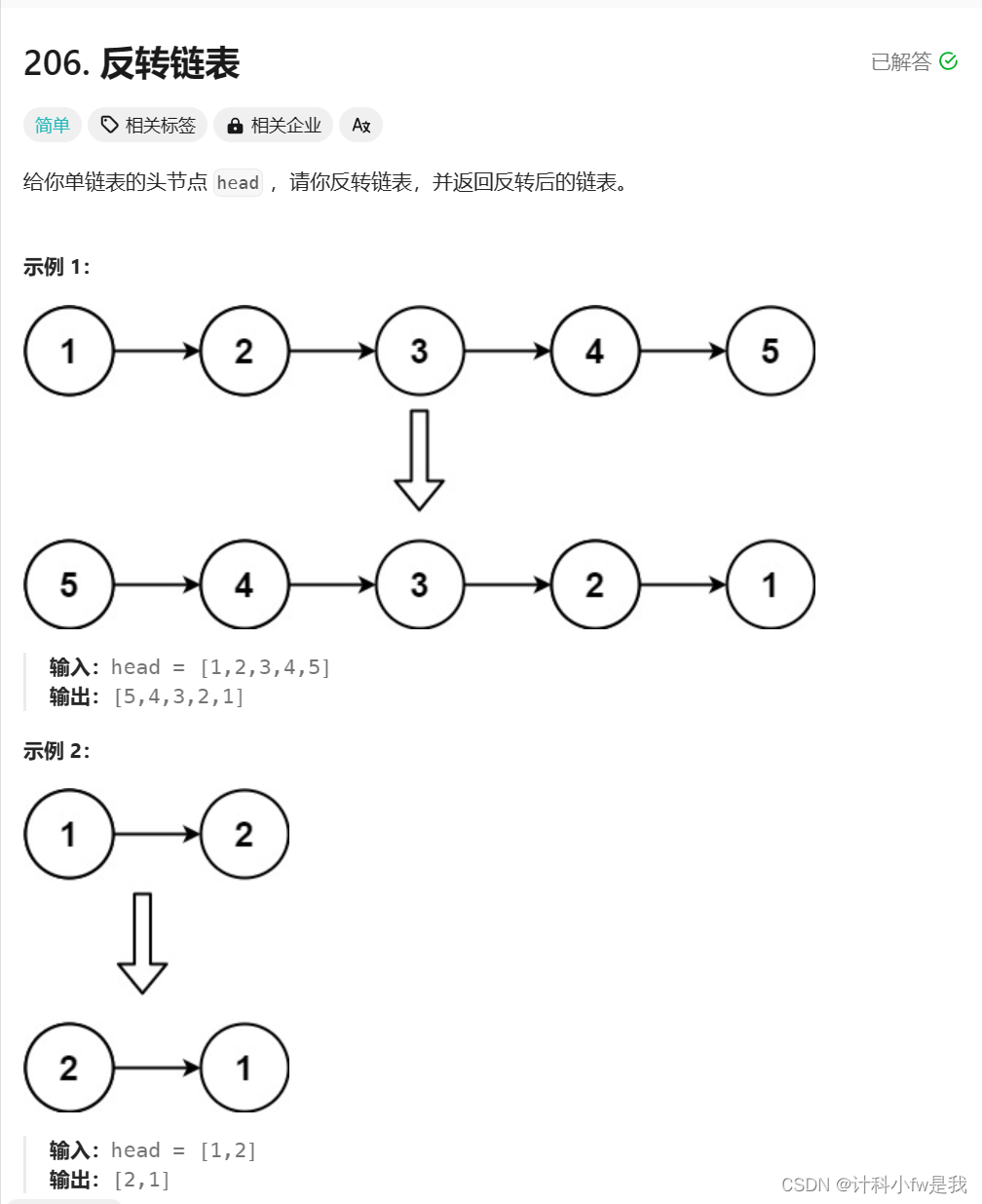


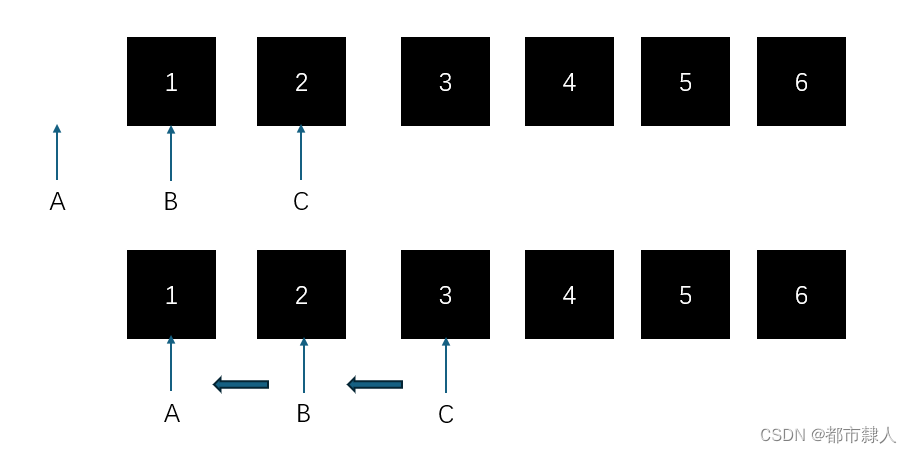


















![[答疑]《人人都是产品经理》书中的用例图是不是错了](https://img-blog.csdnimg.cn/img_convert/530c763a0edf185537f4938406fbb8a6.png)

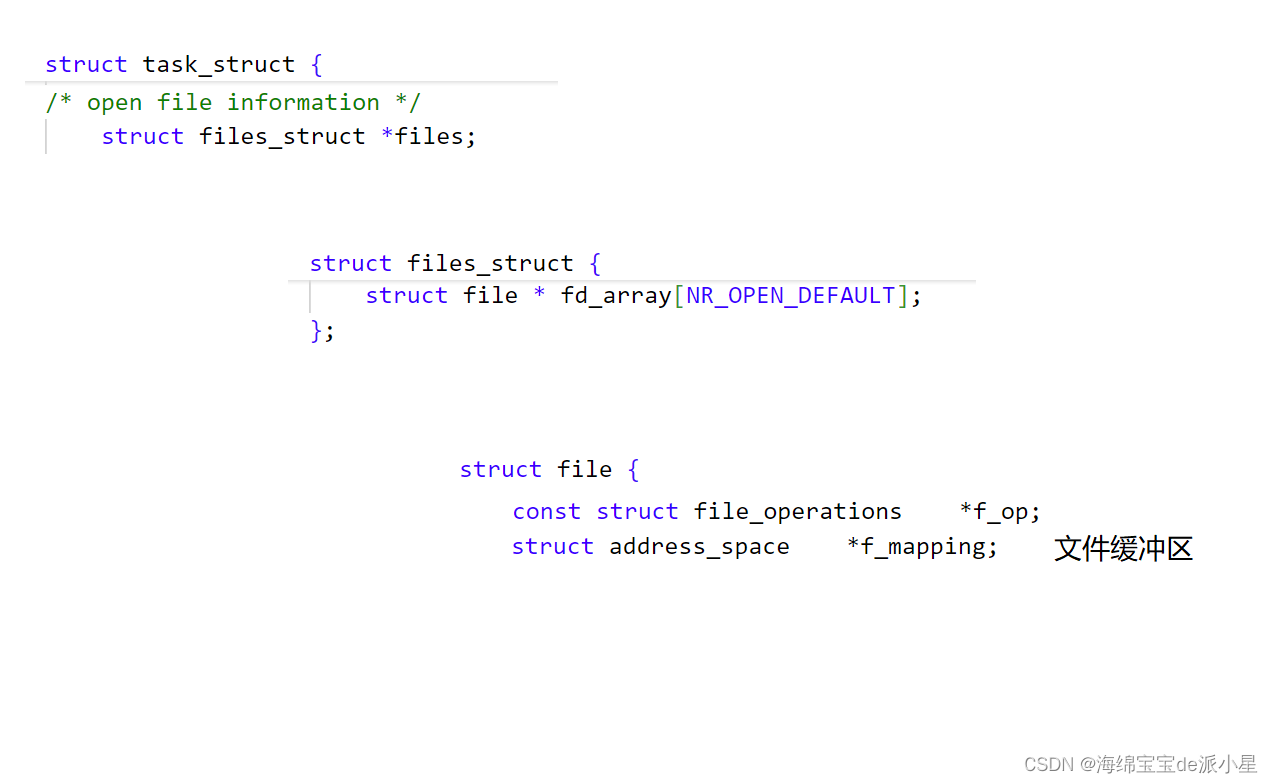
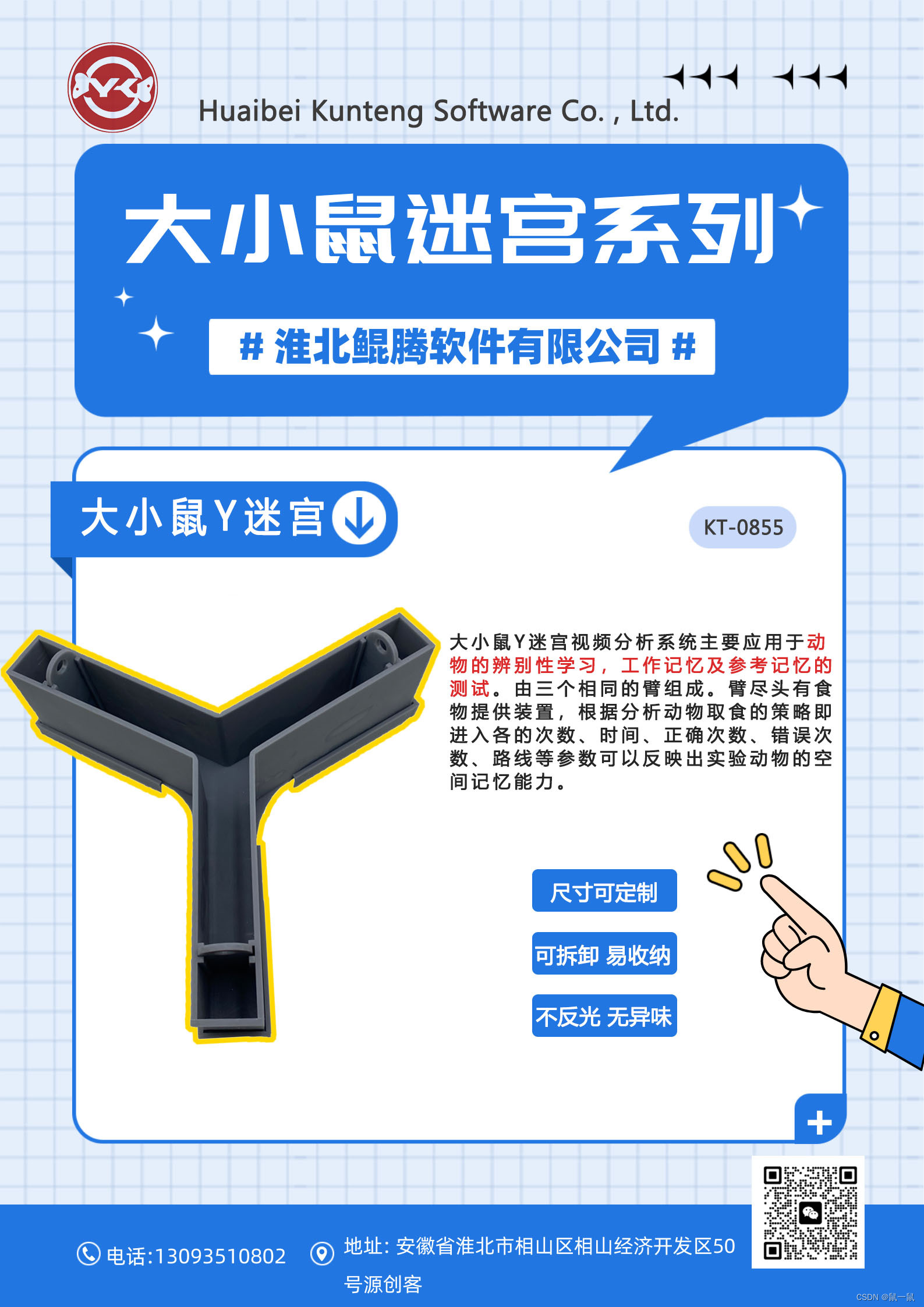

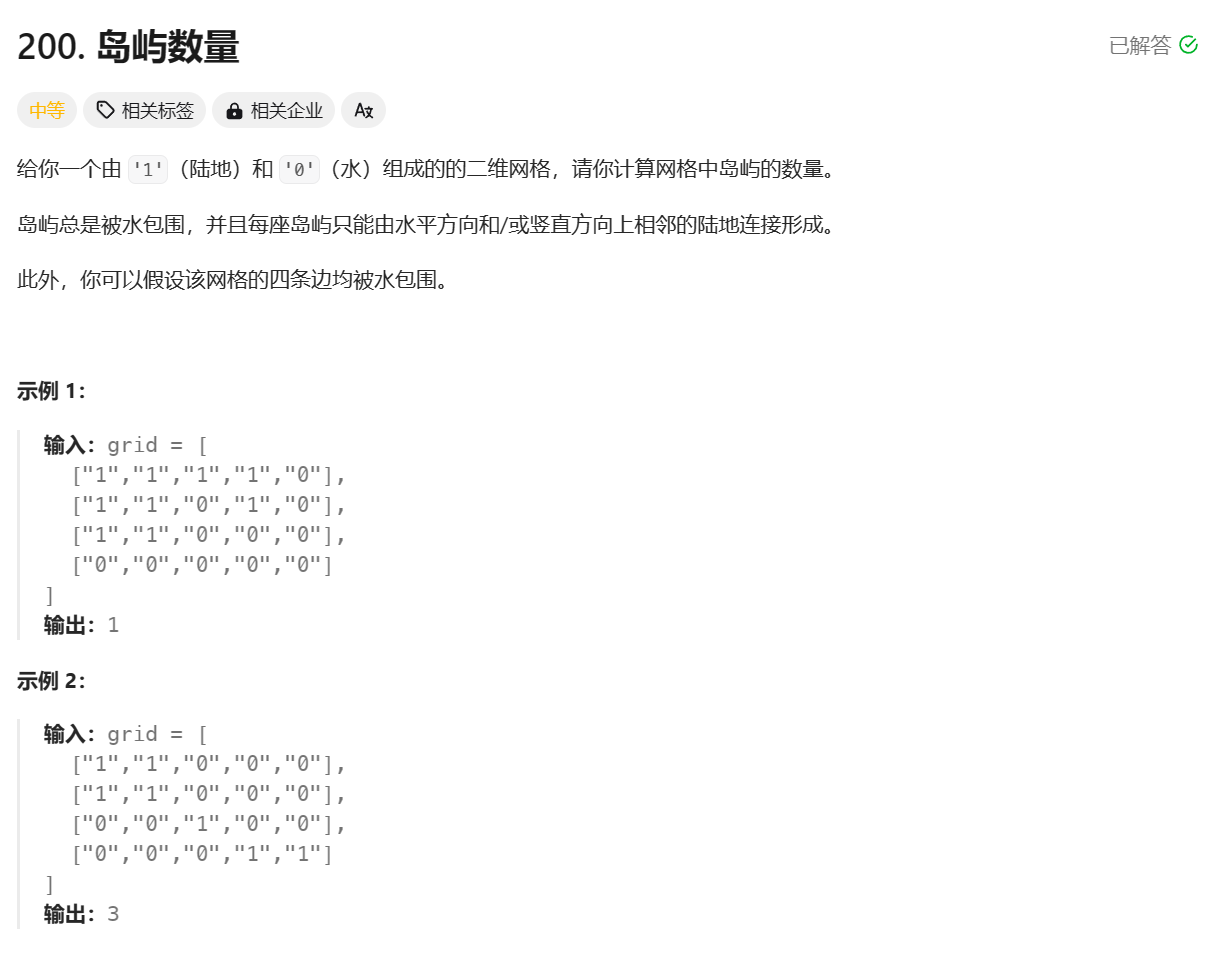

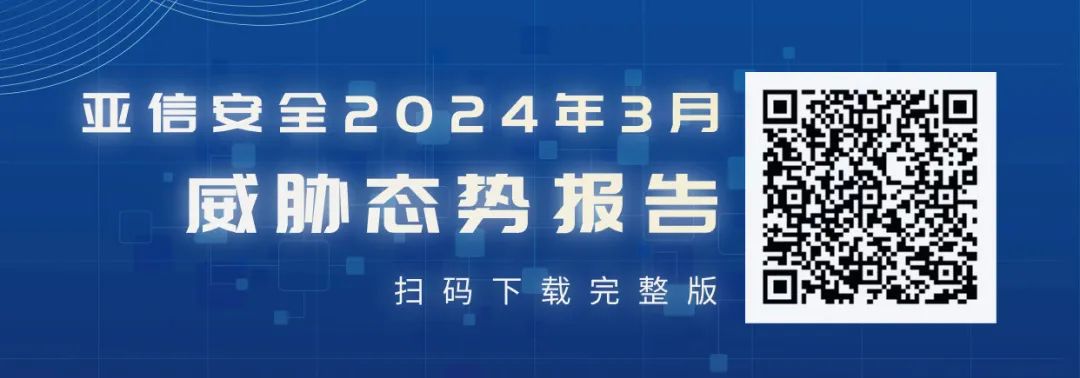



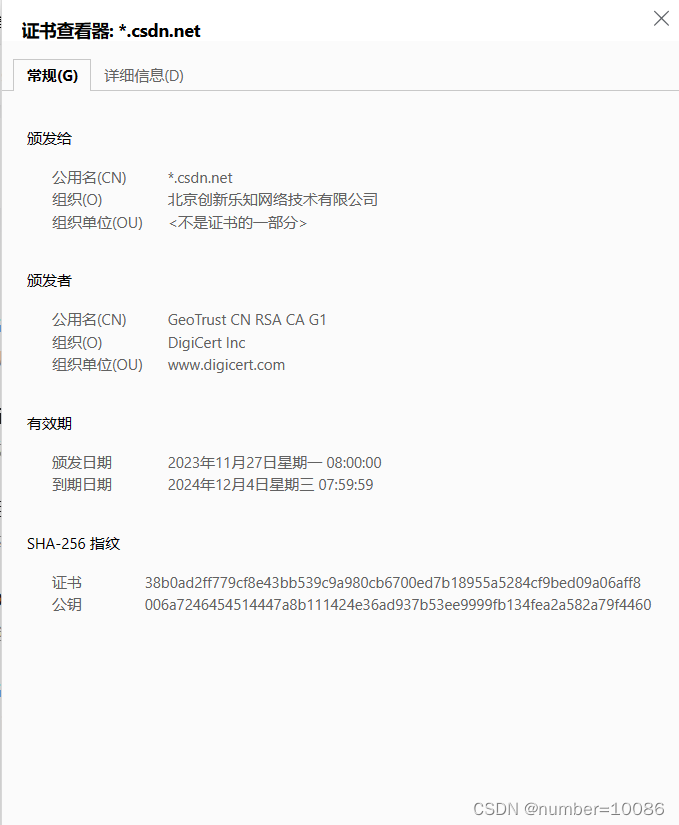
![[Flutter]环境判断](https://img-blog.csdnimg.cn/direct/b9443b429608478e8fc7829dc0094626.png)
